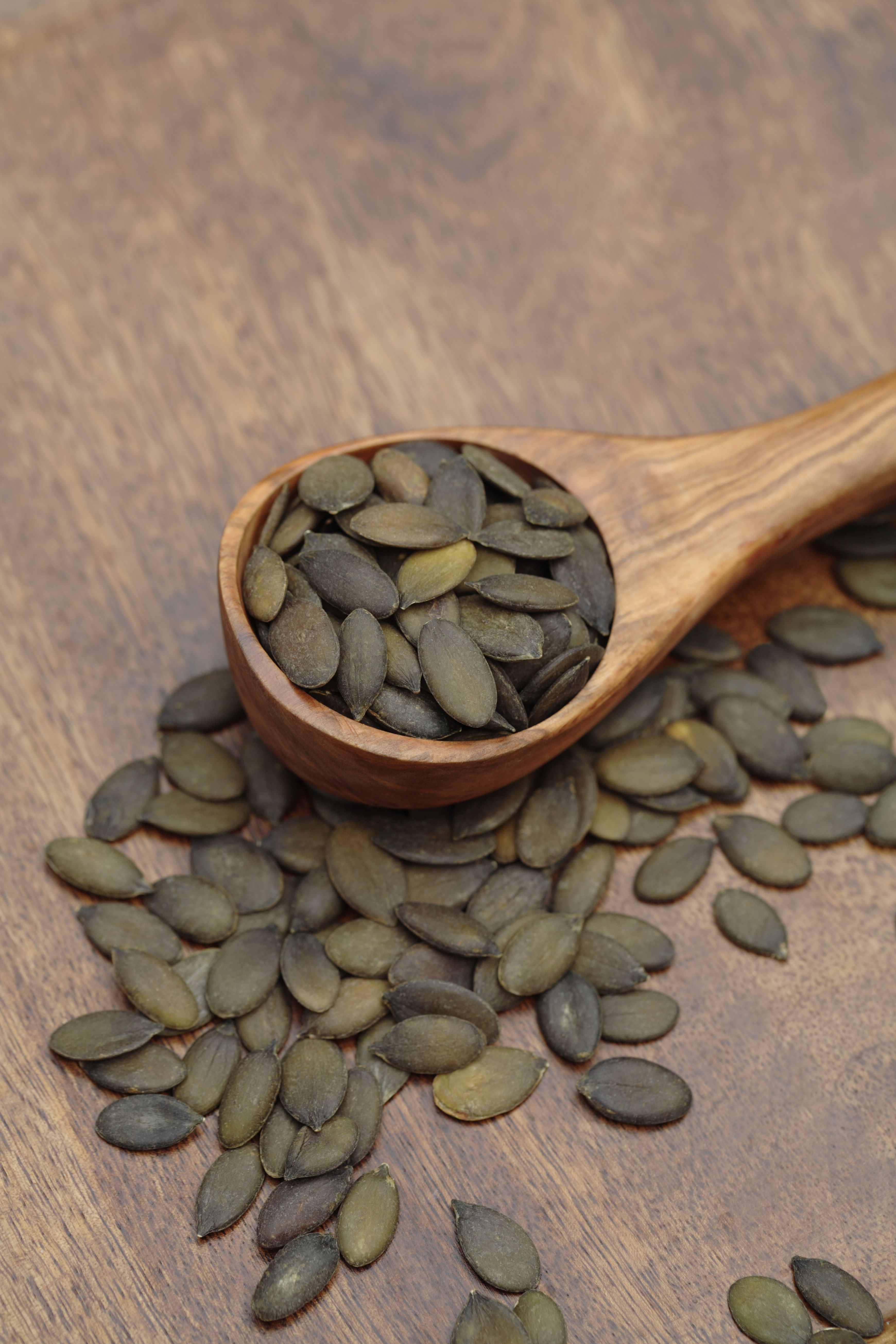
Here's what you're really getting when you buy cage-free, vegetarian or the new California-certified varieties
Whether you like your eggs sunny side up or hard-boiled, deciphering the claims on the carton has never been such a scramble. You’ve already seen everything from “organic” to “Omega-3-enriched.” Now, there’s a new designation that debuted on January 1, when California began requiring all eggs sold there to come from hens with room to move around without bumping into each other. While the law technically applies only to the Golden State, the new labeling is already popping up on eggs sold across the country.
No matter which variety of egg you choose, remember that all are good sources of protein (6g per) as well as choline and lutein, which promote brain and eye health, respectively. There’s no nutritional difference between brown and white eggs, and you can eat one—or two, depending on who you ask—per day, yolks included, without running up your cholesterol. (Check out “Should I Eat Eggs?” for more on this.)
Here’s your cheat sheet to popular label claims, some of which come with legal definitions and health benefits—and some of which do not.
“Omega-3″: This label claim comes when these fatty acids, linked to heart, brain and eye health, are fed to hens in the form of flaxseed, algae or fish oil. A regular egg has about 30mg of Omega-3s, while an “enriched” one can have as much as 350mg. “That might make it a tad healthier,” says Keri Gans, RD, a dietitian in New York, “but you are probably better off eating lots of fish, nuts and seeds.” While the FDA regulates egg labeling and requires truthfulness, it typically only checks if there is a complaint.
Organic: These eggs must come from uncaged hens that have access to the outdoors and are fed a diet grown without synthetic pesticides or fertilizers. Unlike most other label claims, which are voluntary and without strict legal definition, USDA certification for organic eggs is mandatory for producers with more than $5,000 in annual sales. Farms get inspected regularly for compliance. “Organic does mean something,” says Pat Curtis, a poultry scientist at Auburn University.
Vegetarian: This voluntary label means that the hens are not fed any animal protein and have a diet typically consisting of corn and soybeans. Interestingly, free-range chickens are unlikely to be 100% vegetarian because birds are scavengers, notes Purdue University poultry scientist Todd Applegate. That means they will naturally seek out worms, bugs and larvae found outdoors. That’s why, the Humane Society says, “This label often signifies that the hens spend no time outside foraging.”
Cage-Free: Chickens raised in cage-free environments stay indoors but have unlimited access to food and water. “They can be packed in as tightly as on the subway, but they are not in a cage,” notes Gans. While no federal regulations define how much space cage-free chickens get, industry groups such as the United Egg Producers offer voluntary certifications requiring that each bird has at least one square foot of space – more than twice as much as hens in standard “battery cages” – along with perches and nesting areas for laying eggs.
Free-Range: “These chickens have a shelter but can go outside,” explains Mayo Clinic dietitian Katherine Zeratsky. There are no regulations on how long the birds stay outside—just that they can if they want to. Free-range hens with eggs that are “Certified Humane,” meanwhile, must have access to at least two square feet of outdoor space for up to six hours a day. And while cage-free eggs were shown in a study to have slightly higher Omega-3 levels (thanks to those worms and insects they forage outside), “the difference would have no impact whatsoever on humans,” notes study author Ken Anderson of North Carolina State University.
California Shell Egg Food Safety Compliant: Enacted on January 1, the new state regulation means that eggs sold in California must come from hens that have enough room to lie, stand, turn around and spread their wings without touching another bird. State farm inspectors check cage sizes and animal control officers can cite violations, which are misdemeanors. Cartons may use the abbreviation “CA SEFS COMPLIANT” to indicate compliance.
Pasture-Raised: There’s no federal regulation for the term “pasture-raised,” but many farmers who use this claim appear to raise their birds in lush, open spaces. Whereas free-range birds may get only a few feet of outdoor space, pasture-raised hens get more than 100 square feet each on fields where they can forage on plants and insects. Nutritionally, however, pasture-raised eggs have not been shown to be any different from factory-farmed ones.

















